“in late August (2012) Human Rights Watch reported that targeted artillery shelling and bombing raids on ten bakeries specifically in Aleppo, “killing and maiming scores of civilians who were waiting for bread.”
edition.cnn.com/2012/09/22/world/meast/syria-civil-war/
Aleppo is no stranger to human misery and degradation as a totalitarian regime inflicts its wrath on a people. Today we watch as brutality after brutality is inflicted on the Syrian people for daring to challenge those on power. The Assad clan is supported by Iran and now it seems that it is getting backup and support from North Korea. In 1915, 97 years ago, it was the Armenian people who were the victims as they were marched from their communities into the Syrian and Palestinian desert to be left to die.
The saddest thing of all is that the lessons of this brutal genocide were learnt well by those who wish to perpetuate evil. The shortcomings and inefficiencies of the genocide were analysed by the Nazis, so that there systematic slaughter of the Jews could be more effective and consume less resources. The lesson that brutality can win has been taken to heart by those who run Iran and certainly was learnt by Saddam Hussein and now by Assad in Syria. Can we learn how to prevent such massacres and abuses of human dignity?
When I was a little girl, I was taught the Catechism at school, and we were told that each and every human being is made in the image and likeness of God. If more people truly believed that and let that inform there actions and decisions, then maybe, just maybe, the world would change. It would be very sad to think that genocides are always going to be part of human history.
Aleppo 1915
Picture from the Devolution X Blog article about Armenia
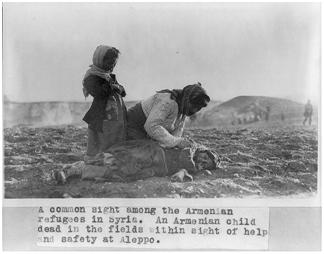
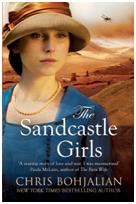 After I had read The Thread by Victoria Hislop (see
After I had read The Thread by Victoria Hislop (see 
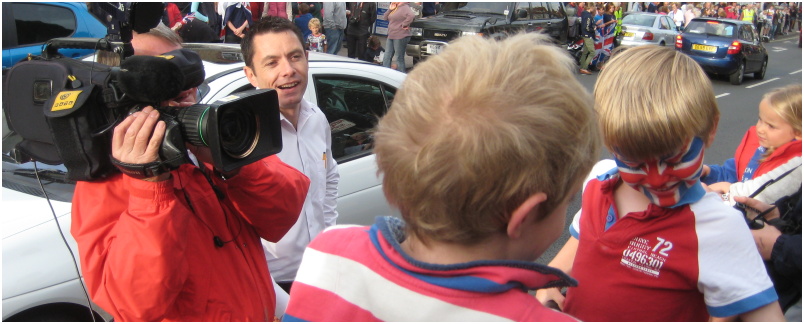
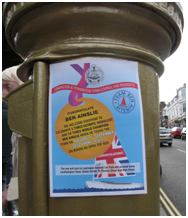 have I found a post box so full – I was concerned that my cards would fall out.
have I found a post box so full – I was concerned that my cards would fall out. and are now marooned in the sea of people.
and are now marooned in the sea of people.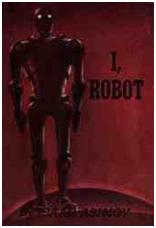 The story line is simple and reflects the origin of the book, nine inter-related stories first published in Science Fiction magazines between 1940 and 1950. The stories are based on interviews with Dr Susan Calvin, the chief robopsychologist at US Robots and Mechanical Men and chronicle the development of the robots and teh positronic brain.
The story line is simple and reflects the origin of the book, nine inter-related stories first published in Science Fiction magazines between 1940 and 1950. The stories are based on interviews with Dr Susan Calvin, the chief robopsychologist at US Robots and Mechanical Men and chronicle the development of the robots and teh positronic brain.